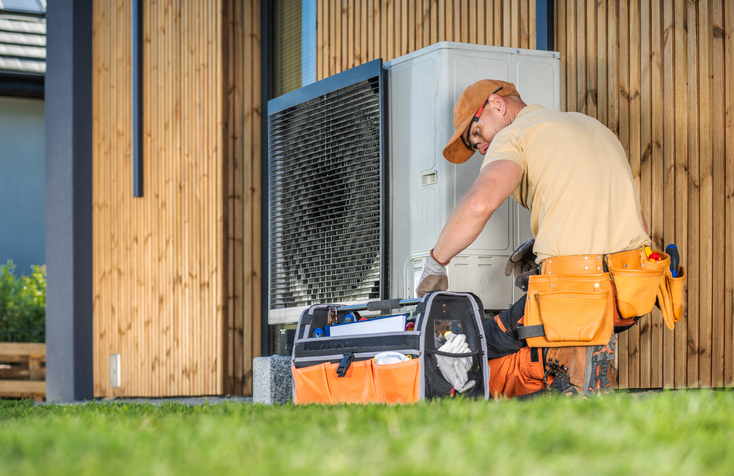Serving The Wasatch Front Area
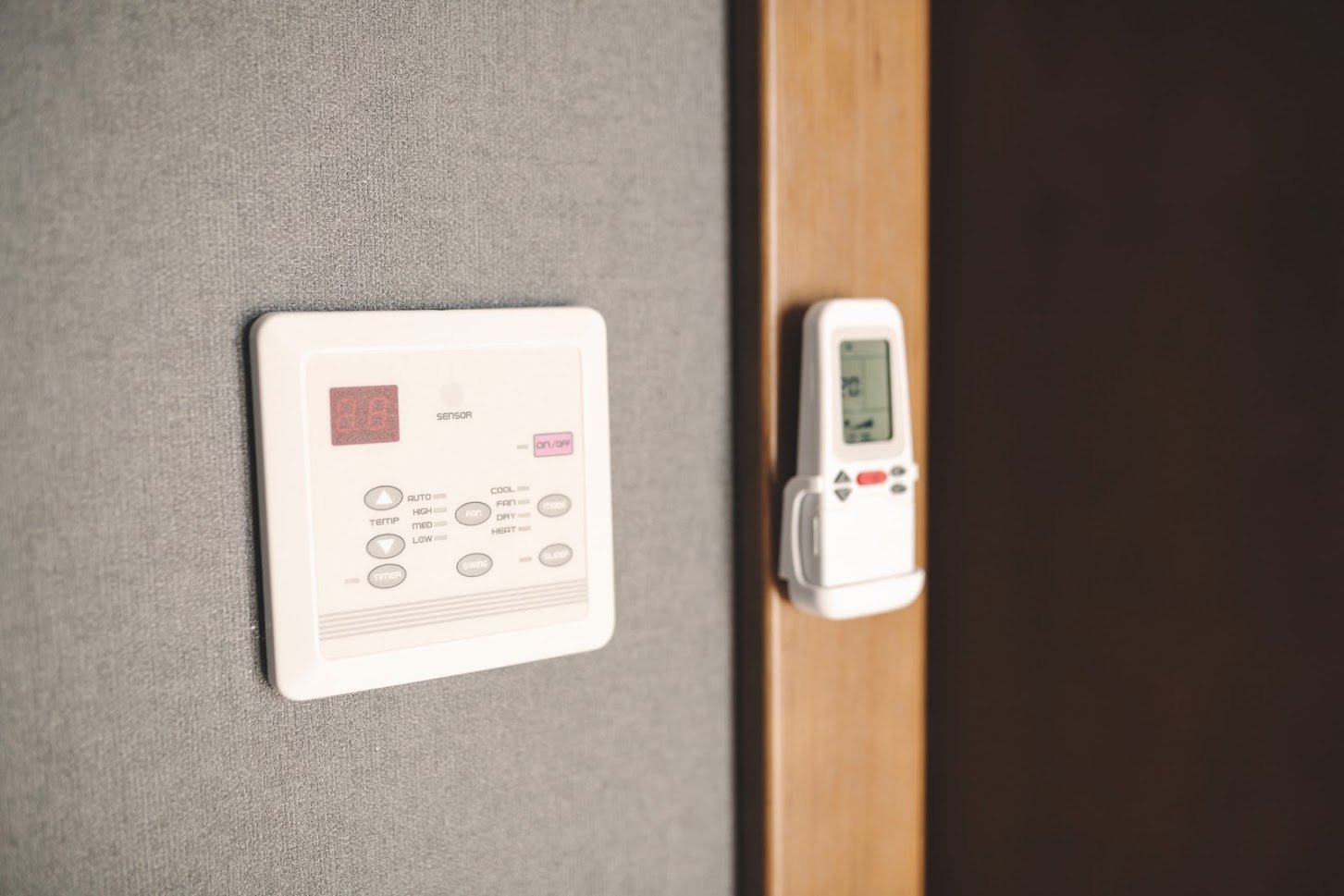
How to Get the Best Out of Your HVAC Thermostat
March 30, 2022
The thermostat is the control point for your home’s heating and cooling. Your use of the thermostat determines your home’s comfort and your HVAC’s energy efficiency. Below are some crucial tips to help you get the most out of your thermostat.
Buy a Smart Thermostat
The HVAC industry has developed different thermostats with varying functions. One of them is a smart thermostat, which you can program and connect to the internet for remote control. Many HVAC technicians agree that smart thermostats have the best functionalities.
How does a smart thermostat enhance your heating and cooling experience?
- You use the thermostat to switch the HVAC on or off and change the temperature settings.
- You can schedule the thermostat to enact automatic changes without further input from you.
- Some smart thermostats have sensors for enhanced functionalities. For example, occupancy sensors trigger different settings for occupied and empty rooms.
Smart thermostat features differ by brand and model. Your HVAC contractor can help you choose one that best meets your needs.
Choose the Right Installation Location
The thermostat’s location determines whether it reads the true ambient temperature. An accurate temperature reading is crucial since the thermostat uses the feedback to control the HVAC and raise or lower the temperature. Therefore, your indoor temperature won’t be comfortable if you place the thermostat in the wrong location. Below are some placement tips:
- Avoid locations near doors and windows since they are hotter or colder than the rest of the house, depending on the season.
- Place the thermostat in a central location where it can read the house’s average temperature.
- Don’t place the thermostat near the floor or ceiling where rising warm air or sinking cold air can affect its temperature reading.
- Avoid locations near heat sources, such as electronics in the house.
The contractor will install the thermostat in the best location available. Avoid modifications that might interfere with the thermostat’s work.
Keep the Thermostat Clean
An electromechanical thermostat has a bimetallic strip that contracts and expands in response to temperature changes. The HVAC interprets the expansions and contractions to manage your indoor temperature.
Dust and debris can clog the sensors and insulate them from the air. The insulation will prevent the thermostat from reading accurate temperatures. A dirty thermostat might not respond as fast as it should to your temperature changes. Clean the thermostat regularly to prevent debris issues. Alternatively, switch to an electronic thermostat that debris doesn’t easily affect.
Avoid Frequent Temperature Changes
Your indoor temperature doesn’t instantaneously change when you change the thermostat settings. When you raise the temperature during the cold season, the furnace keeps heating until your home reaches the target temperature. After that, the furnace stops heating until the ambient temperature drops before it starts heating again.
The HVAC will work in fits and stops if you keep adjusting the temperature. Such an HVAC consumes more energy than an HVAC that works to maintain a stable temperature. Even the house might be uncomfortable if you keep changing the target temperature. Choose a comfortable temperature and let the HVAC run with it for some time.
Program the Thermostat
Program the thermostat to enjoy stable temperatures and gradual changes. For example, if you work away from home, you can have one setting for the weekdays and another for the weekends when you are away. You can also have daytime and nighttime settings so that the HVAC gets your home comfortable before you arrive.
You also need to maintain your HVAC system in addition to the above tips. Comfort Solutions can help you install your thermostat, maintain your HVAC system, and fix any malfunctions the system might have. Contact us for help with all HVAC services.
Recent News
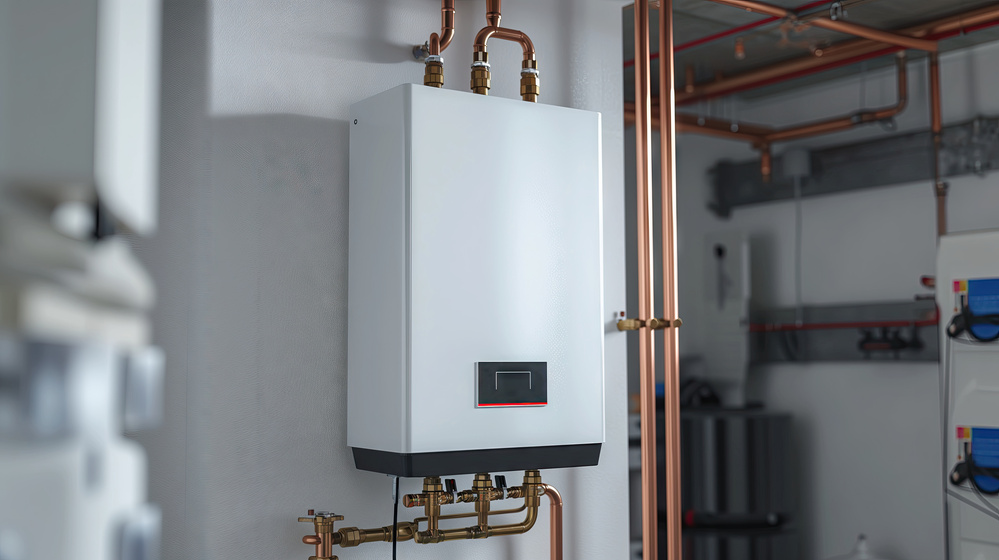
What Is a Tankless Water Heater and Should I Consider Getting One
June 25, 2025
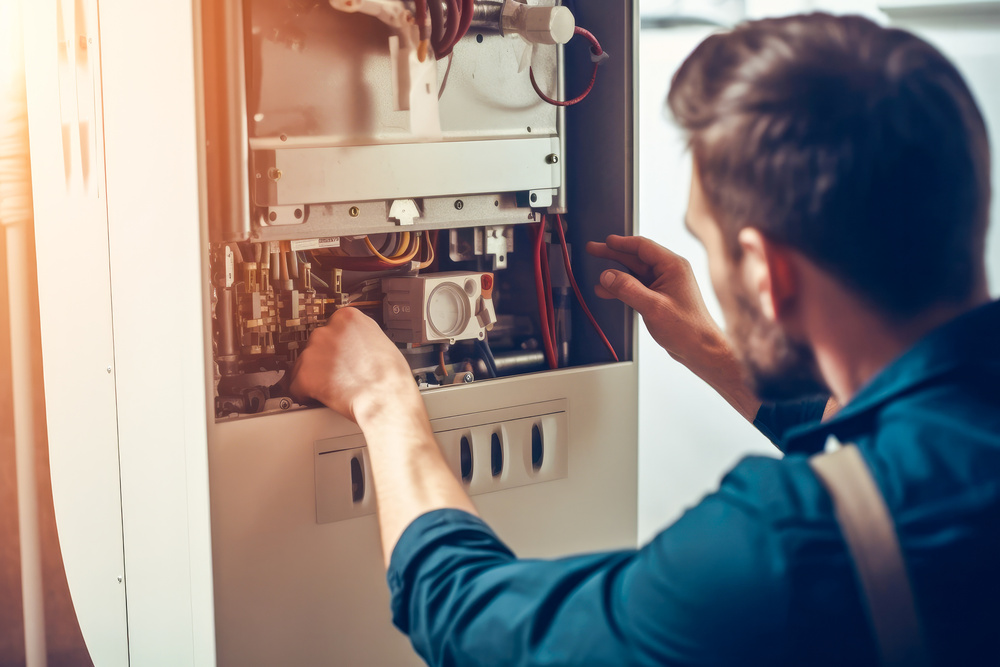
Is Summer a Good Time to Have Furnace Maintenance Done?
June 24, 2025
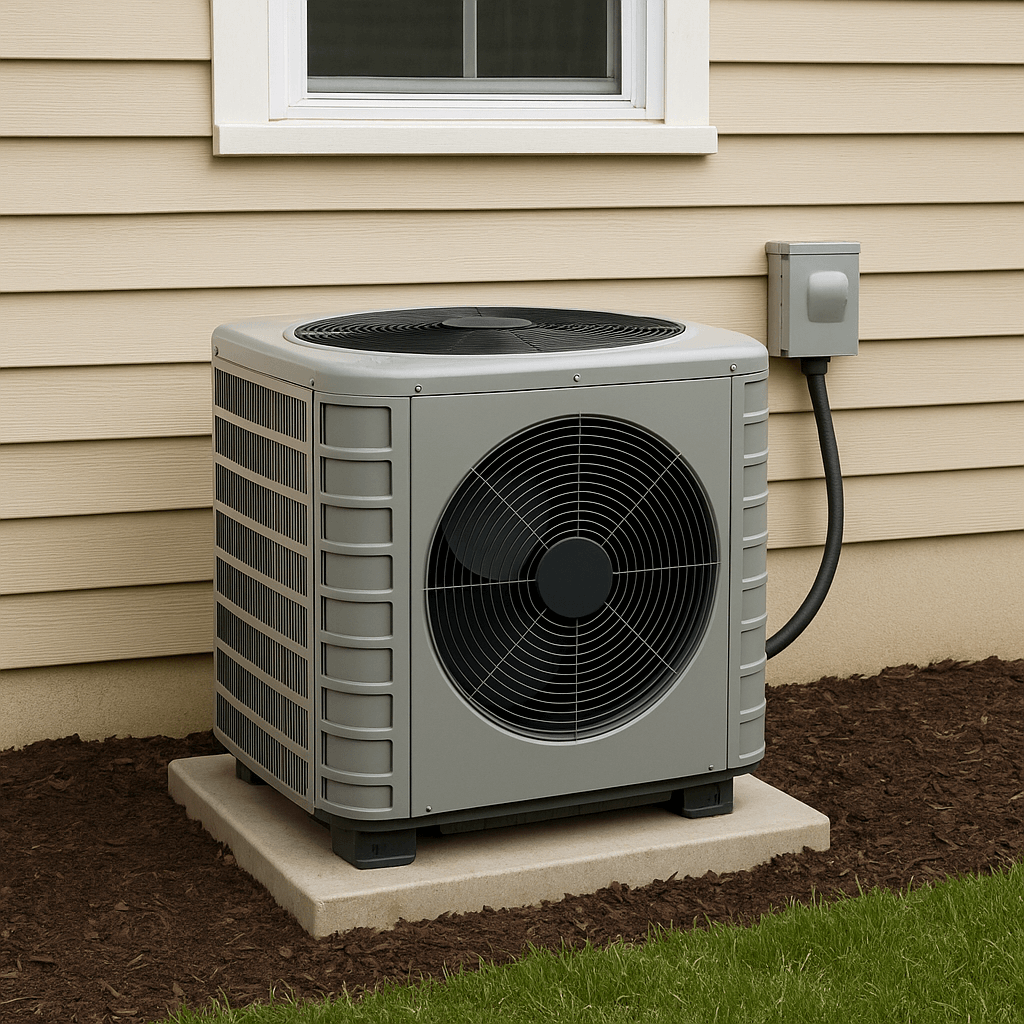
Common Air Conditioner Mistakes That Can Cause You Problems
May 29, 2025

How to Stay Cool During the Summer Heat
April 21, 2025
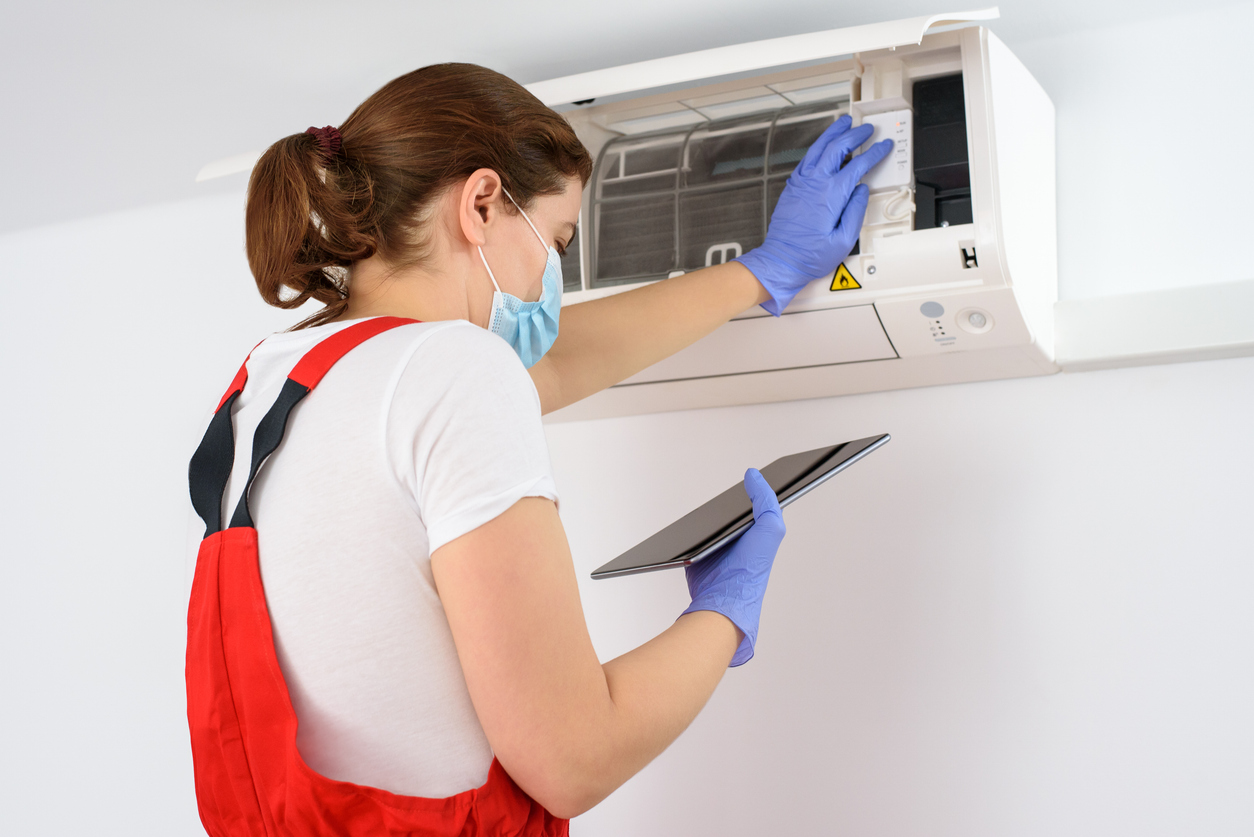
When to Upgrade Your AC Systems: Benefits & More
February 25, 2025
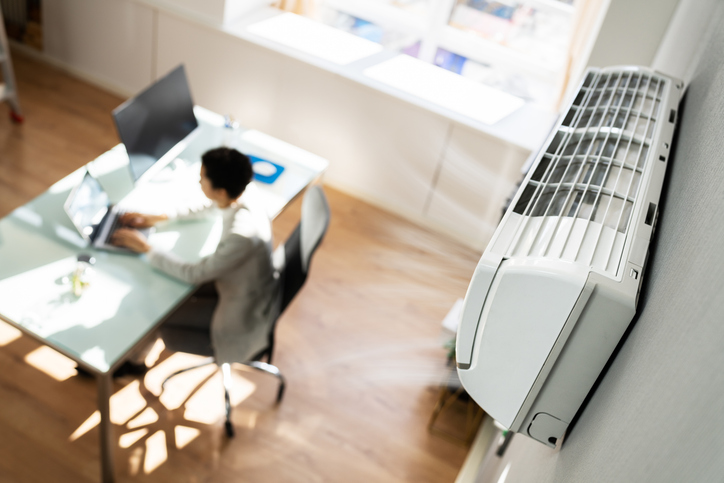
Why Remote Workers Should Upgrade Their HVAC
February 10, 2025
